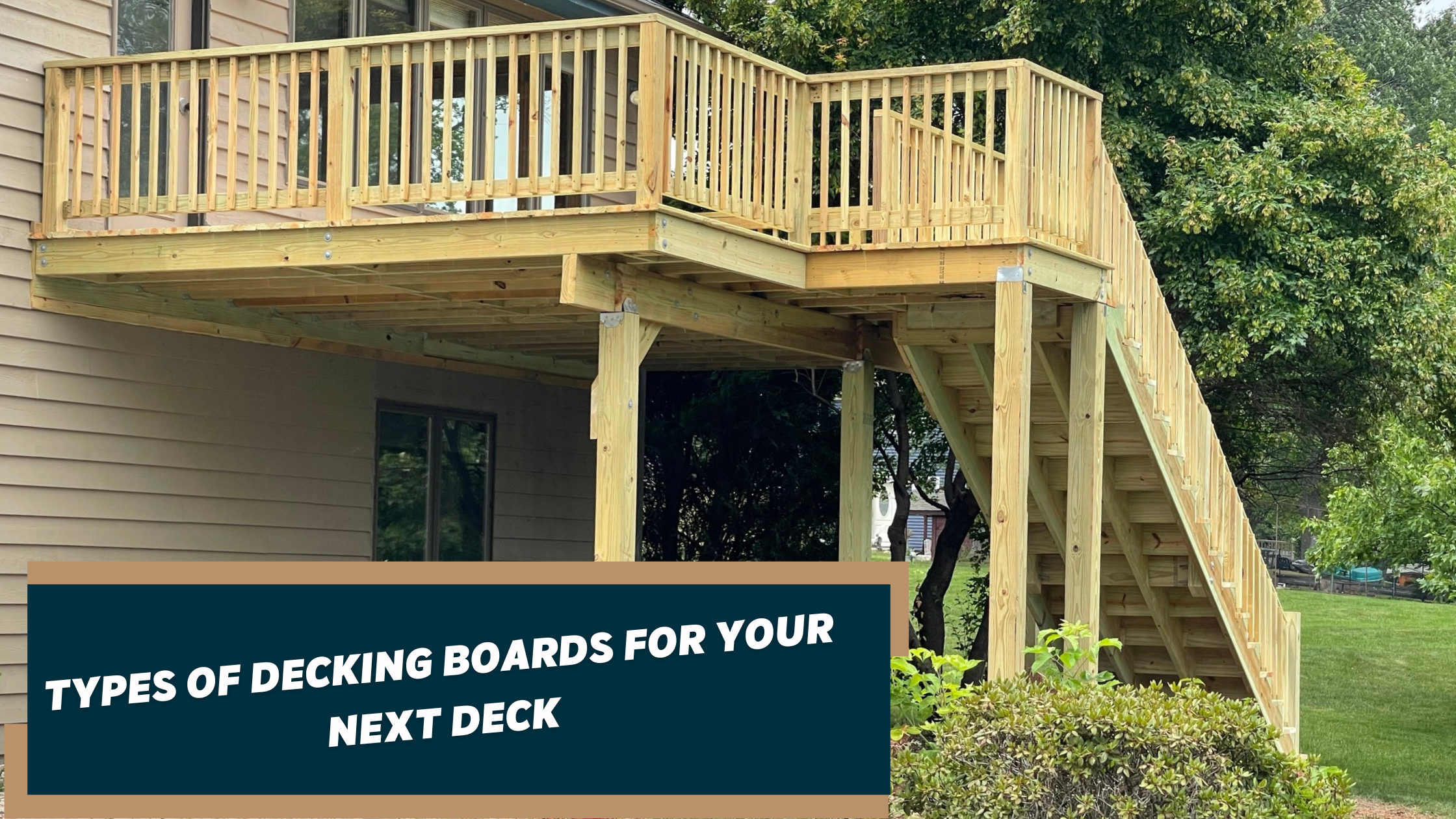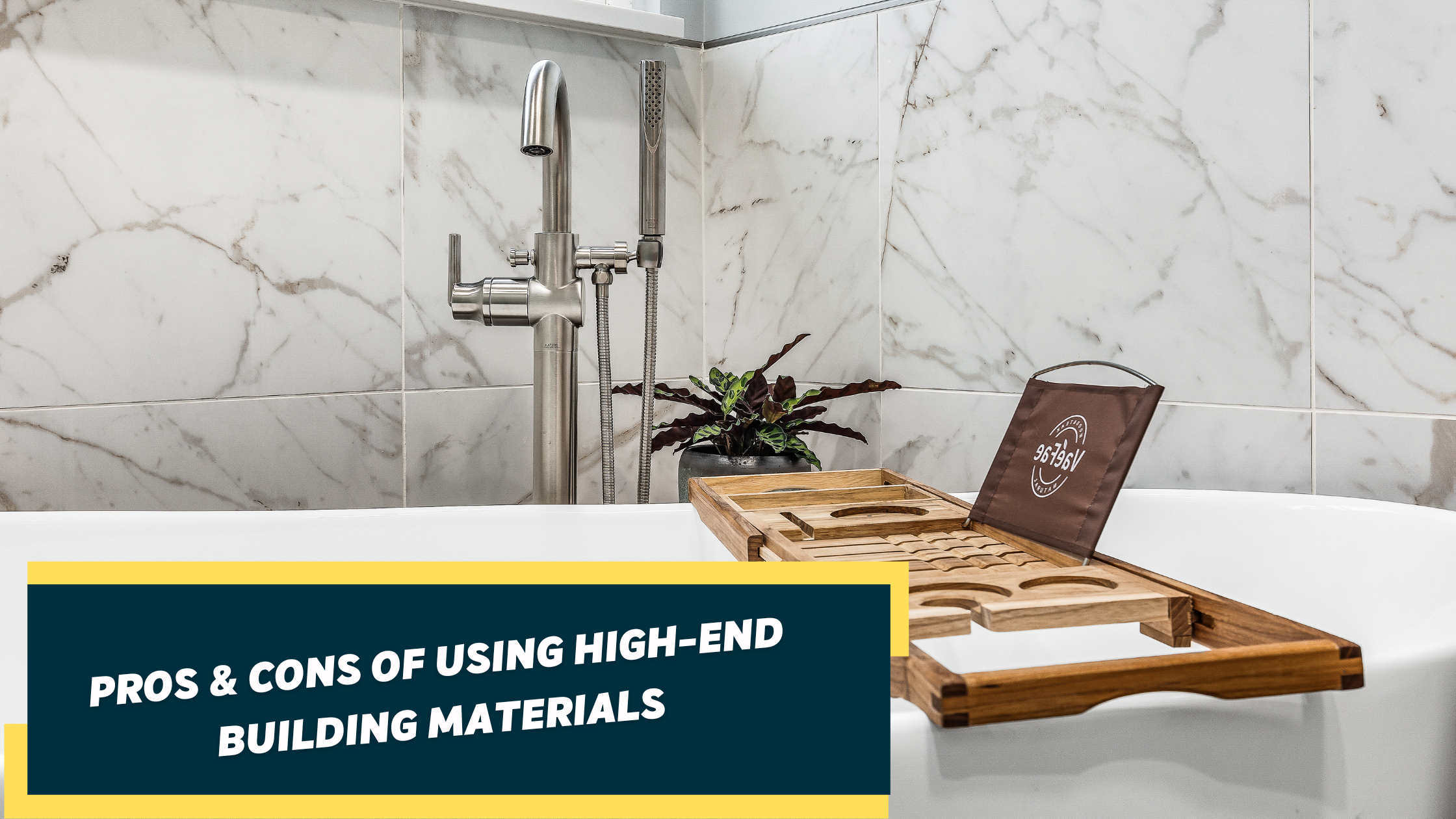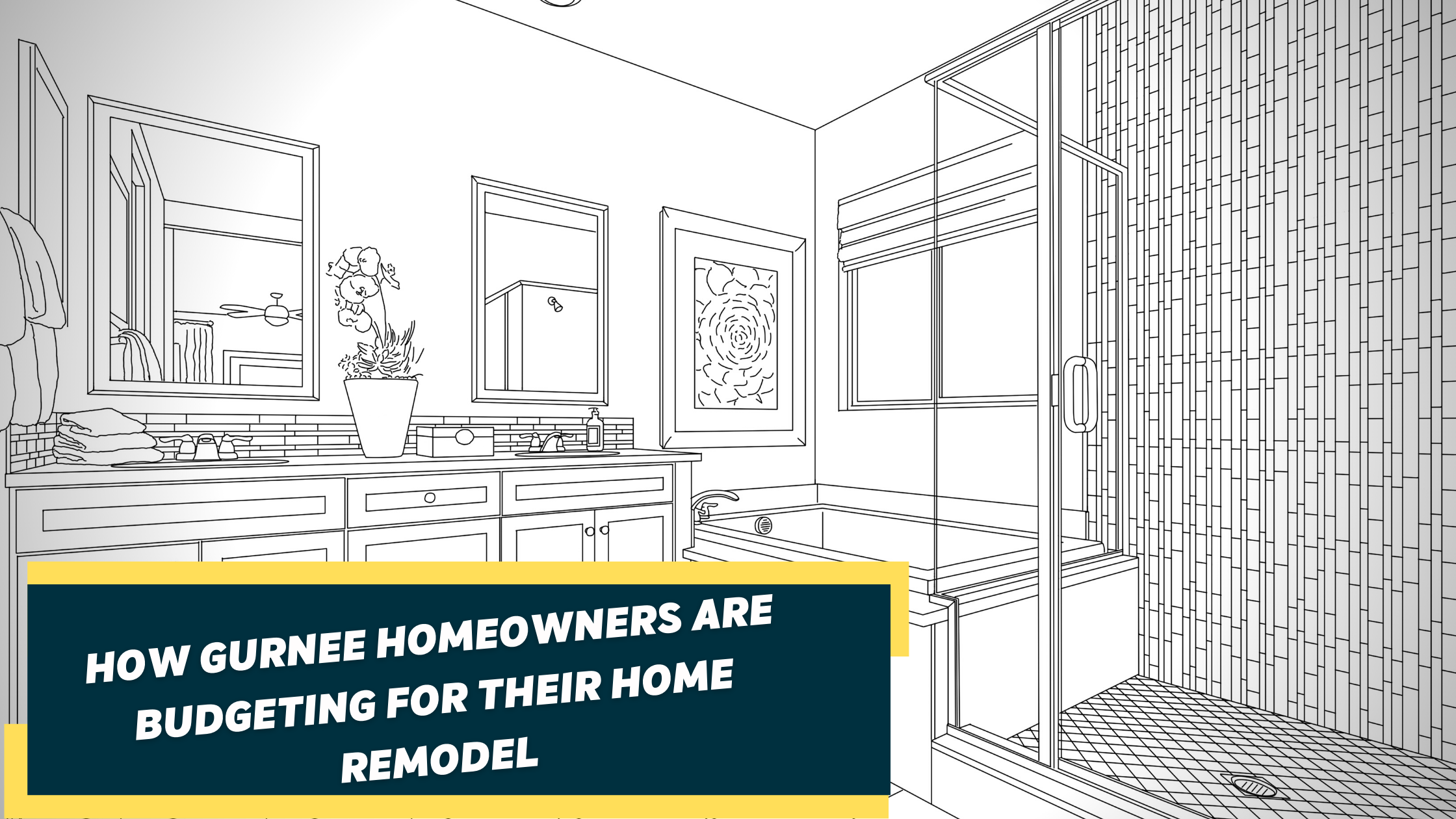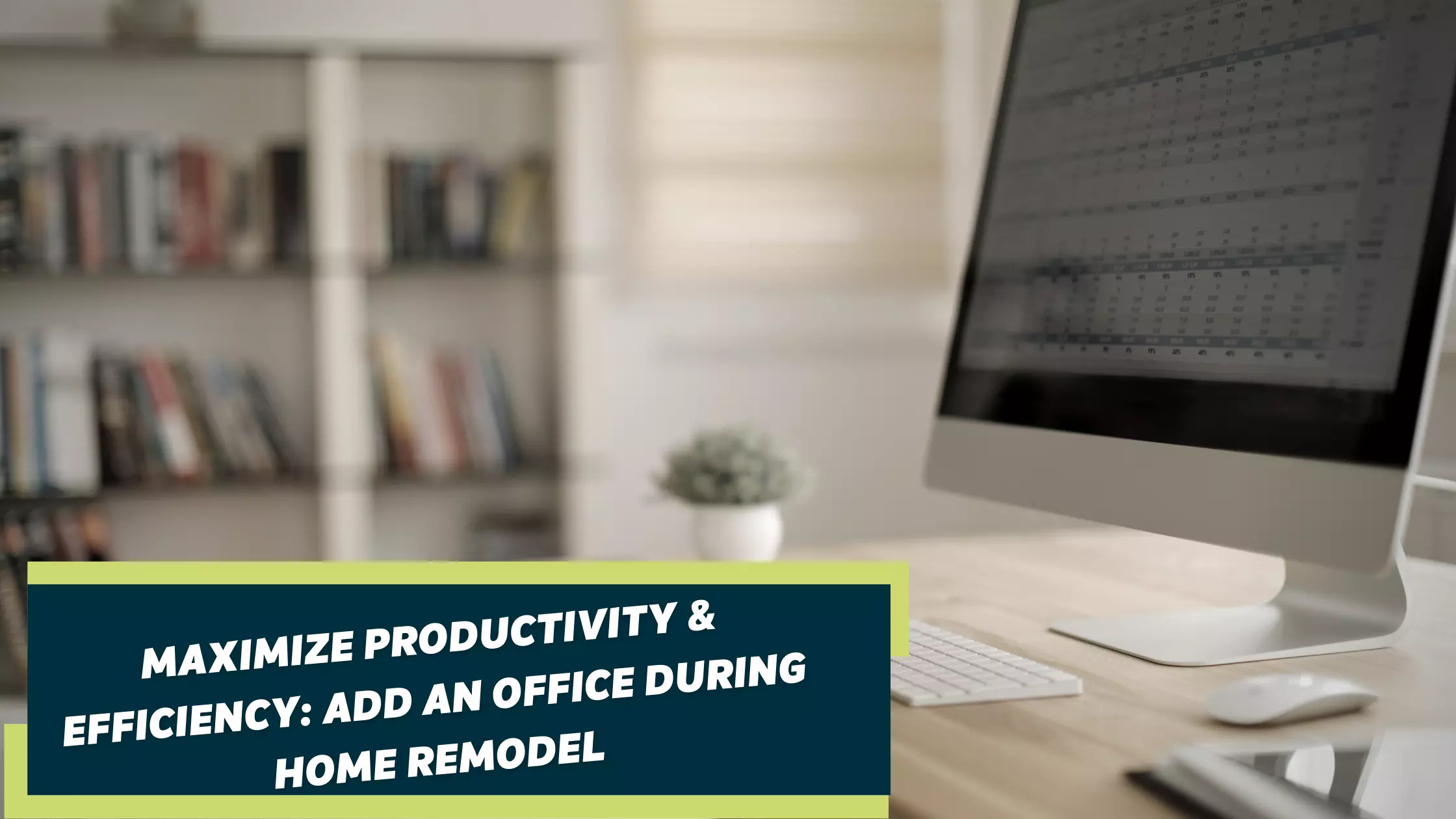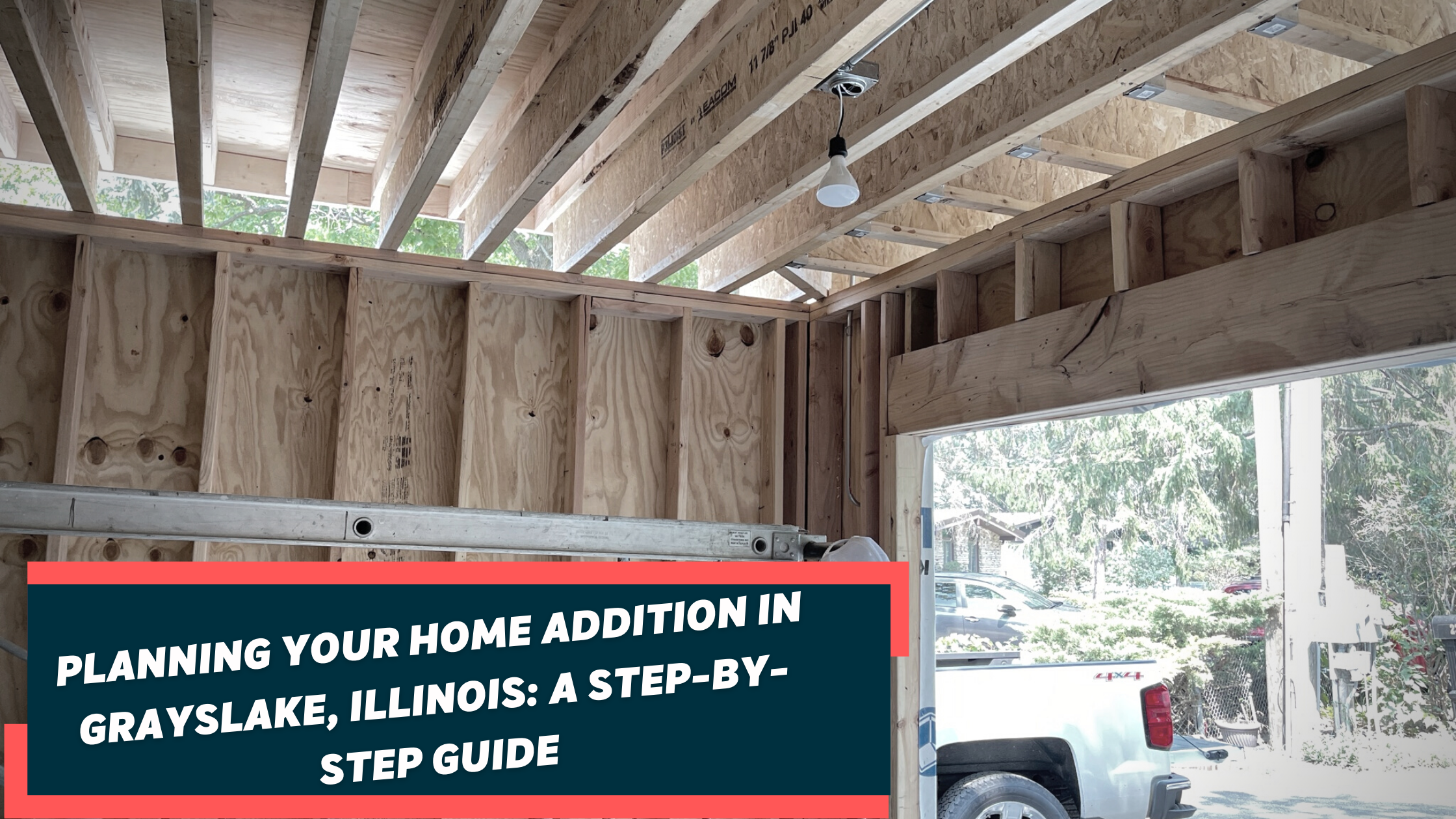Types of Decking Boards for Your Next Deck
Are you planning to build a new deck but unsure about which decking boards to choose?
We will explore the different types of decking boards available, including green treated, cedar, and composite options.
Discussing the pros and cons of each type, covering factors such as durability, cost, maintenance, and stain/color options.
By the end, you will have a clear understanding of which decking board may be best suited for your next deck project.
Key Takeaways:
- Choose green treated decking boards for their durability and cost-effectiveness, but be prepared for regular maintenance and limited stain/color options.
- Consider cedar decking boards for a traditional and aesthetically pleasing look, but be aware of their higher cost and need for regular maintenance.
- Opt for composite decking boards for low maintenance and a wide range of stain/color options, but be prepared to pay a higher upfront cost.
What Are the Different Types of Decking Boards?
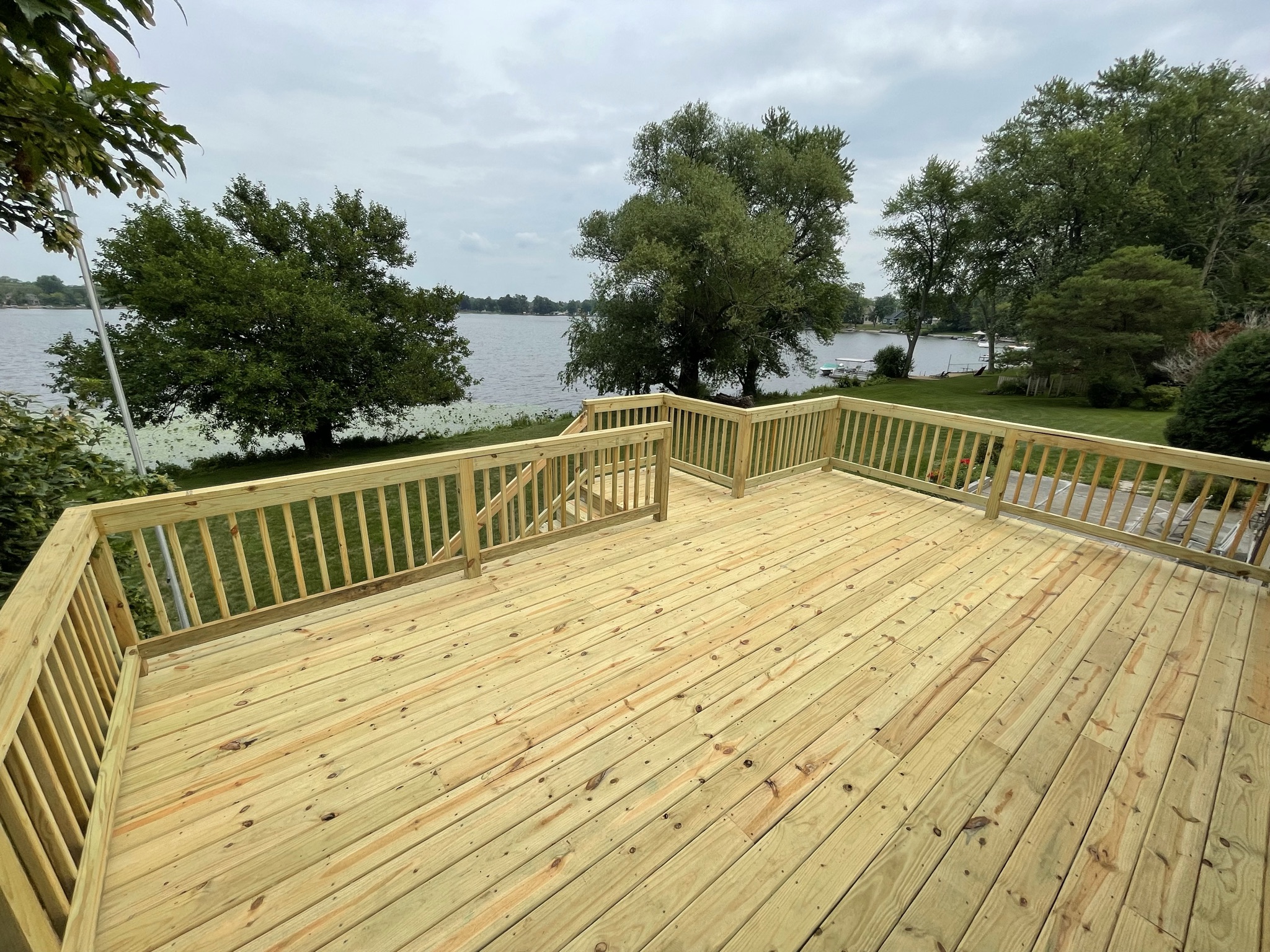
A new wooden decking boards overlooking a tranquil lake with lush greenery on the banks.
Understanding the various types of decking boards is essential when planning your outdoor deck project.
One common option for decking boards is green treated wood. Green treated boards are pressure-treated to resist rot and decay, making them durable and cost-effective. They are a popular choice for budget-friendly projects.
Another popular choice is cedar decking boards, known for their natural beauty and resistance to insects. Cedar boards are eco-friendly and have a luxurious appearance, although they require more maintenance compared to other options.
Composite decking boards, made from a blend of wood fibers and recycled plastic, offer low maintenance and durability. They come in various colors and styles, mimicking the look of wood without the upkeep.
Green Treated Decking Boards
Green treated decking boards, also known as pressure-treated wood, are a popular choice for outdoor decks due to their durability and affordability.
The pressure treatment process involves chemicals that protect the wood from rot, decay, and insects, making it highly resistant to outdoor elements, particularly moisture and humidity. This makes green treated decking boards ideal for areas with high humidity or frequent rainfall, as they are less prone to warping or splitting compared to untreated wood.
Cedar Decking Boards
Cedar decking boards are renowned for their natural beauty, durability, and versatility in various deck designs and styles.
One of the standout features of cedar decking boards is their aesthetic appeal. The warm tones and natural wood grains add a touch of elegance to any outdoor space, creating a welcoming and inviting atmosphere. Not only do they enhance the overall look of the deck, but cedar boards also complement various architectural styles ranging from traditional to modern designs.
In terms of durability, cedar is a top choice among homeowners and builders alike. Cedar is naturally resistant to rot, decay, and insect infestation, making it a long-lasting option for outdoor structures.
Composite Decking Boards
Composite decking boards offer a modern solution for outdoor decks with their synthetic composition, durability, and low maintenance requirements.
One of the key advantages of composite decking boards is their resistance to fading, cracking, and warping compared to traditional wood decks. PVC composite decking boards are especially popular for their waterproof properties, making them ideal for areas exposed to moisture or high humidity. Capped composite boards provide extra protection against stains, scratches, and mold growth, ensuring a longer lifespan for your deck.
Pros and Cons of Green Treated Decking Boards
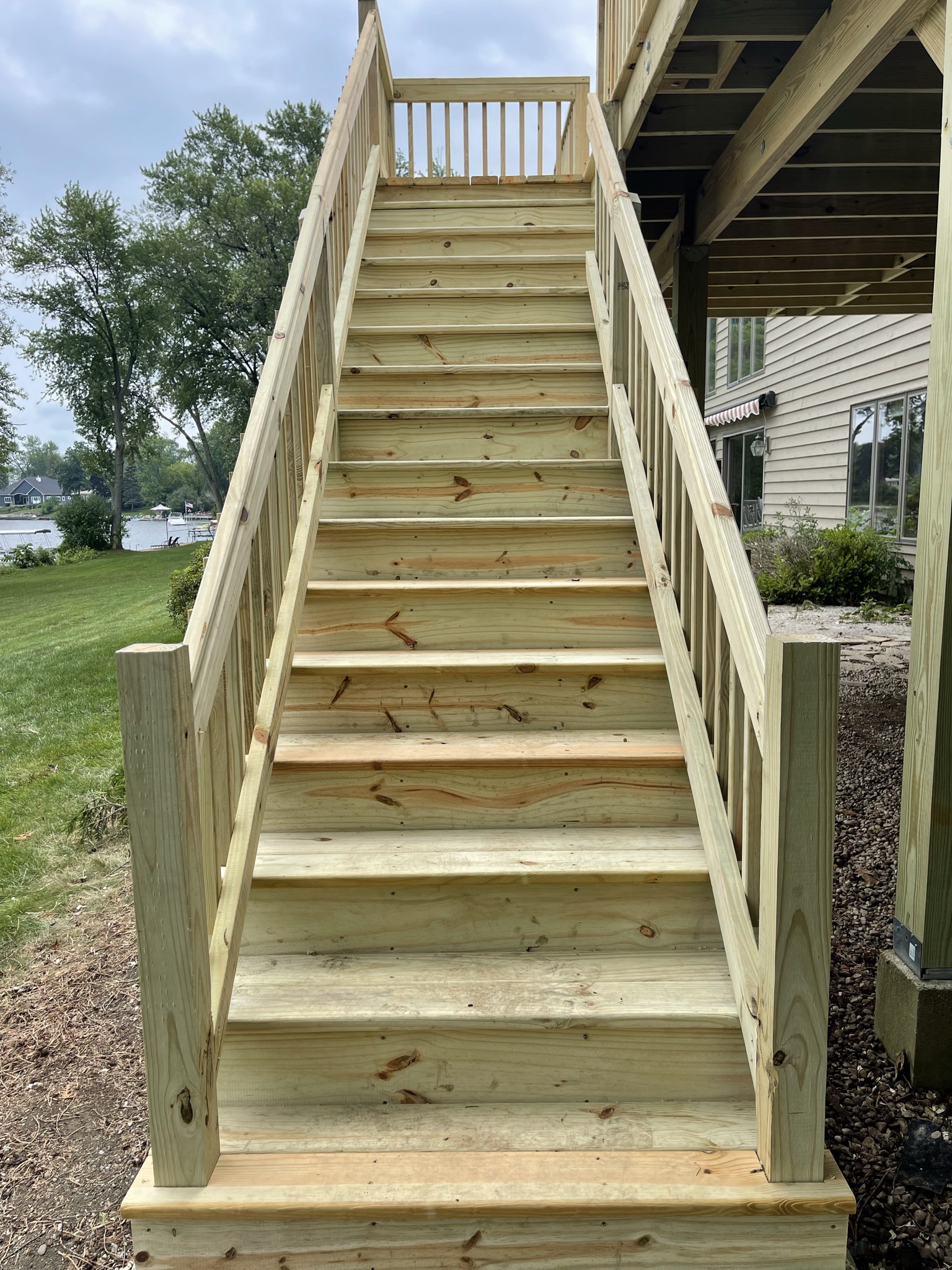
Wooden staircase leading to the next deck outdoors.
Green treated decking boards offer excellent durability and affordability but may require more maintenance compared to composite options.
One of the key advantages of green treated decking boards is their superior durability, which can withstand harsh outdoor elements and high foot traffic without deteriorating quickly. The affordability of these boards makes them an attractive option for budget-conscious homeowners looking to enhance their outdoor spaces.
It’s essential to consider the maintenance requirements associated with green treated decking boards. Unlike composite decking, they may need regular staining or sealing to protect against moisture, UV rays, and general wear and tear.
In terms of cost-effectiveness, green treated boards often come out ahead in initial purchase price, but their maintenance needs could add up over time, potentially making them less cost-effective in the long run compared to composite decking.
When comparing green treated decking boards with composite options in terms of durability, the latter typically requires less maintenance and upkeep, making them a more convenient choice for homeowners seeking a low-maintenance outdoor decking solution.
Durability
The durability of green treated decking boards is notable, with enhanced resistance to rot and decay, often accompanied by long-term warranties for peace of mind.
Green treated decking boards are specifically crafted to withstand the harsh outdoor elements, ensuring longevity and minimal maintenance requirements. The treatment process involves impregnating the wood fibers with preservatives that create a protective barrier against fungal decay, insect infestation, and moisture damage.
These boards are designed to resist warping, splintering, and cracking, maintaining their structural integrity over time. This durability is not only beneficial for the aesthetics of your outdoor space but also for the safety and longevity of the deck itself.
Many manufacturers offer extended warranties on their green treated decking boards, providing additional assurance of their durability and performance. These warranties typically cover against rot, decay, and weathering, giving homeowners added peace of mind and confidence in their investment.
Cost
Green treated decking boards are a cost-effective option for those working within a specific deck budget, ideal for outdoor living spaces.
These boards offer a great balance between durability and price, making them a popular choice for homeowners looking to create a stylish outdoor area without breaking the bank.
Green treated decking boards are not only affordable but also versatile, allowing you to customize your deck according to your budget and preferences.
Whether you are on a tight budget or have more flexibility, these boards cater to a range of financial constraints, making them a practical and economical choice for your decking needs.
The convenience of using green treated decking boards lies in their low maintenance requirements, providing both cost savings and peace of mind for homeowners.
Maintenance
While green treated decking boards are durable, they require regular maintenance such as cleaning and refinishing to preserve their appearance and structural integrity.
Regular cleaning of green treated decking boards is essential to remove dirt, debris, and mold that can accumulate over time and compromise the wood’s integrity.
Refinishing, including restaining or resealing the boards, helps protect them from weathering, UV rays, and moisture, prolonging their lifespan.
It’s important to use appropriate deck cleaners specifically designed for green treated wood to avoid damaging the boards or affecting their color.
Stain/Color Options
Green treated decking boards offer limited stain and color options compared to cedar or composite alternatives like redwood.
While green treated decking boards may lack the variety of color choices seen in cedar or redwood, they are renowned for their durability and resistance to rot and insects. This low-maintenance option appeals to homeowners seeking a long-lasting and hassle-free deck.
When comparing green treated decking boards to composite materials, the latter often boast a wider range of colors and finishes. Composite decking may require more maintenance and be susceptible to scratching and fading over time compared to their green treated counterparts. It ultimately comes down to weighing the priorities of color range against maintenance needs.
Pros and Cons of Cedar Decking Boards
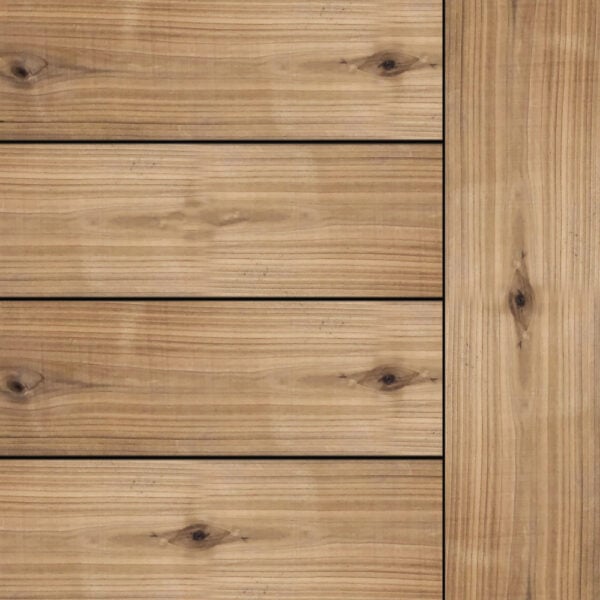
Decking boards forming a seamless pattern with a natural grain texture.
Cedar decking boards are favored for their natural beauty and slip-resistant qualities, but they may require more maintenance compared to composite alternatives.
One of the key advantages of cedar decking is its aesthetic appeal. The warm tones and natural grain patterns of cedar create a visually appealing outdoor space that blends seamlessly with nature. Cedar is known for its slip-resistant nature, making it a safe option, especially around pools or in wet climates.
One downside to cedar decking is that it requires more maintenance than composite decking. Cedar needs regular sealing and staining to protect it from the elements and prevent decay. This maintenance can be time-consuming and costly over the long term.
Durability
Cedar decking boards exhibit remarkable durability with inherent resistance to rot and decay, often backed by long-term warranties for customer assurance.
This natural rot resistance of cedar boards is due to the presence of natural oils that act as a protective barrier against moisture, prolonging the lifespan of the decking. Its decay prevention qualities are well-suited for outdoor usage, making it a popular choice for decking material in various climates. Manufacturers often offer long-term warranty plans that provide customers with added peace of mind, ensuring their investment is protected for years to come.
Cost
Cedar decking boards may have a higher initial cost but provide a premium option for deck construction, ideal for enhancing outdoor living spaces.
One of the main factors contributing to the higher initial cost of cedar decking boards is their superior quality and durability. This premium wood option is well-suited for those looking to invest in a long-lasting and visually appealing deck.
While the upfront expense might be higher, it is important to consider the long-term benefits that cedar decking boards offer. Their natural resistance to rot, decay, and insects means less maintenance and replacement costs in the future.
Maintenance
Maintaining cedar decking boards involves periodic cleaning and sealing to preserve their appearance and structural integrity over time.
Regular maintenance is vital to ensure that cedar decking boards remain in top condition and resistant to natural elements. Cleaning the boards with a gentle solution and a soft brush helps in removing dirt and grime that can accumulate over time, preventing mold and mildew growth. Sealing the boards with a UV-resistant finish not only enhances their color and grain but also protects them from sun damage and moisture penetration.
Stain/Color Options
Cedar decking boards offer a wide range of stain and color options, allowing for creative deck designs and personalized installations tailored to individual preferences.
The versatility of cedar decking boards goes beyond aesthetics, providing not only visual appeal but also exceptional durability and resistance to rot and decay. This makes them a popular choice for outdoor living spaces that require long-lasting beauty and functionality.
With cedar deck boards, homeowners have the flexibility to experiment with different tones and finishes to achieve their desired look. Whether opting for a natural wood finish to enhance the grain or a vibrant stain to add a pop of color, cedar decking boards can be customized to match any style or architectural theme.
Pros and Cons of Composite Decking Boards
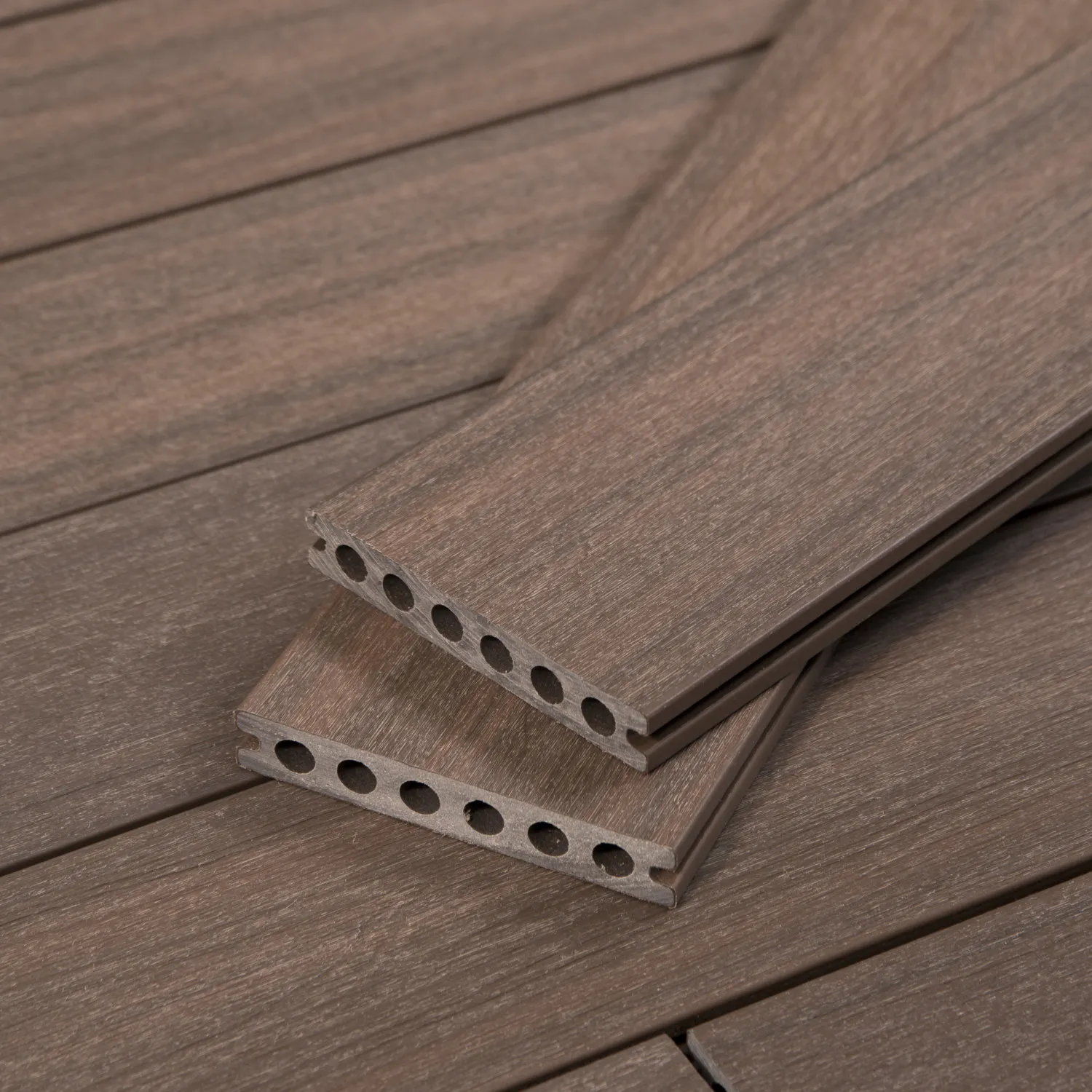
Wood-textured laminate flooring planks with interlocking edges designed for next deck types of decking, sitting on a wooden surface.
Composite decking boards offer exceptional durability and low maintenance benefits, but they may come at a higher initial cost compared to traditional wood options.
Despite the higher upfront investment, composite decking boards prove advantageous in the long run due to their resistance to rot, mold, and insects. They require minimal upkeep, eliminating the need for staining, sealing, or painting. This durability translates to a longer lifespan, reducing replacement and maintenance costs over time. Composite boards come in a variety of colors and styles, offering versatility in design options for outdoor spaces.
Durability
Composite decking boards, especially capped composite variants, are known for their exceptional durability and resistance to wear, providing a long-lasting deck solution.
These boards are engineered to withstand the harshest outdoor conditions while maintaining their integrity over time. Their resilient nature makes them highly resistant to fading, staining, scratching, and mold growth, ensuring that your deck remains beautiful and functional for years to come.
Whether you opt for solid or hollow constructions, both types offer robust performance and ease of maintenance. Solid boards are heavier and more sturdy, ideal for high-traffic areas, while hollow boards are lighter and easier to handle during installation.
Cost
While composite decking boards can have a higher upfront cost, their long-term value and durability make them a worthwhile investment for deck construction projects.
Composite decking boards often come with warranties ranging from 25-50 years, providing added peace of mind for homeowners. They require minimal maintenance compared to traditional wood decks, as they do not require staining, sealing, or painting, saving both time and resources in the long run. When considering the total cost of ownership over the lifespan of a deck, composite materials often prove to be more cost-effective due to their longevity and resistance to wear and tear.
Maintenance
Composite decking boards require minimal maintenance compared to traditional wood options, with occasional cleaning being sufficient to maintain their appearance and structural integrity.
One of the key advantages of composite decking boards is their resistance to staining, making them ideal for outdoor use where spills and stains are common occurrences. Unlike wood, composite materials do not require sealing or staining to protect against moisture, mold, and rot, significantly reducing overall maintenance efforts.
In addition, the long-term durability of composite decking boards means that they are less prone to warping, splintering, or fading, ensuring a lasting investment that enhances the aesthetic appeal of any outdoor space.
Stain/Color Options
Composite decking boards offer a wide array of stain and color options, catering to various design preferences and providing slip-resistant surfaces for enhanced safety.
Many homeowners opt for composite decking due to its customization capabilities, allowing them to create a personalized outdoor space that suits their taste and complements the aesthetics of their home. Whether you prefer earthy tones like teak and walnut or more contemporary shades like grey or black, there is a color option to suit every style.
Along with the diverse design flexibility offered by composite decking boards, manufacturers also incorporate slip-resistant features into their products to ensure that the surface remains safe and secure, especially during wet conditions. This innovative technology provides peace of mind for families with children and pets, knowing that their deck offers both beauty and functionality.
Which Decking Board Lasts the Longest?
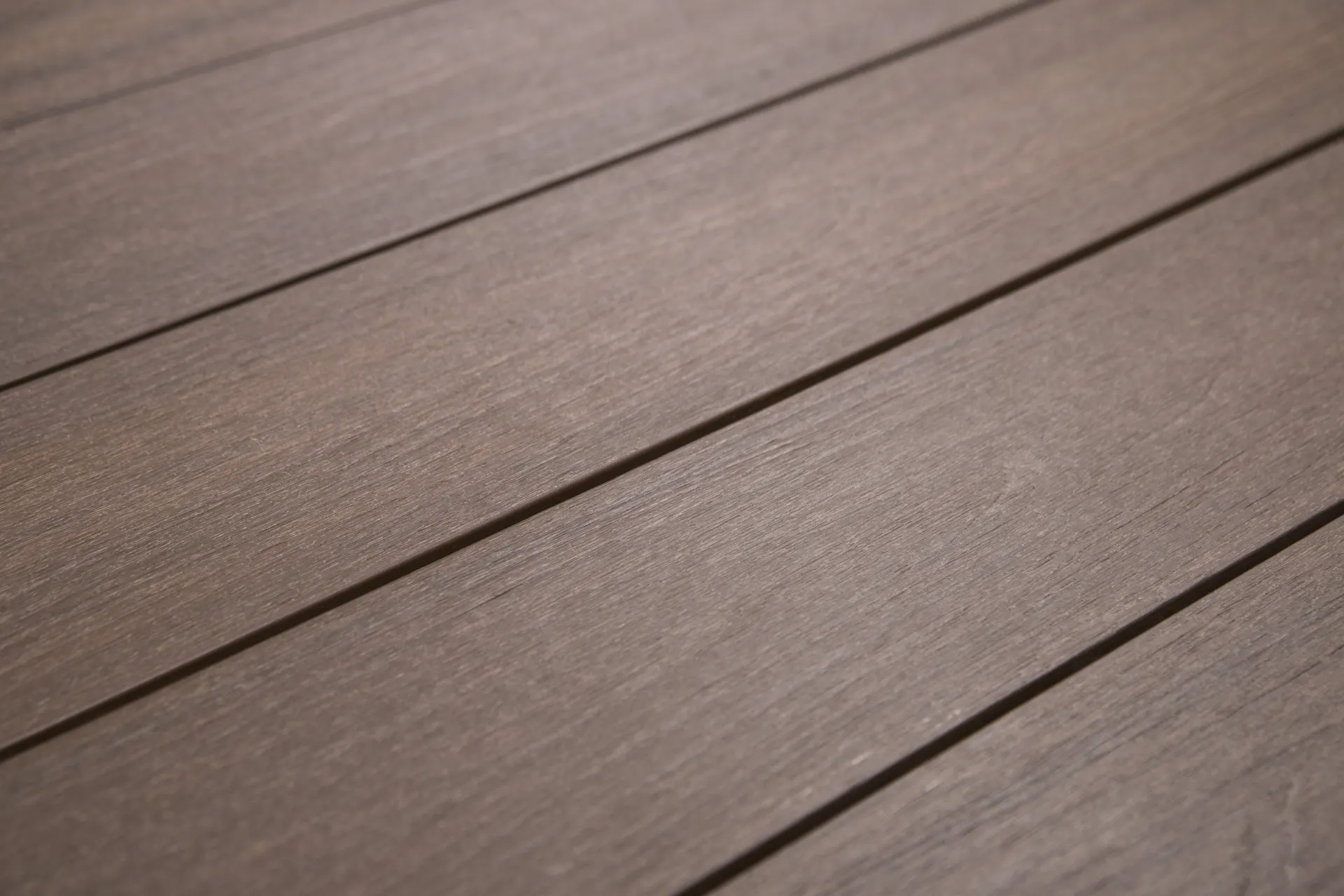
Close-up of textured brown decking boards arranged horizontally.
When considering longevity, composite decking boards tend to outlast traditional wood options due to their enhanced rot resistance and often accompanied long-term warranties.
Composite decking is designed to withstand harsh weather conditions, UV exposure, and insect damage, factors that can significantly impact the lifespan of traditional wood boards.
Lorem ipsum dolor sit amet, consectetur adipiscing elit. Sed ante elit, consequat a dolor ut, tristique sagittis elit. Nullam mollis, velit vel interdum gravida, ex tellus ultrices nunc, eget posuere augue urna sed mauris.
Which Decking Board Requires Less Maintenance?
Composite decking boards require minimal maintenance compared to their wood counterparts, with simple cleaning routines ensuring their longevity and aesthetic appeal.
Unlike wood decking boards, which require regular staining, sealing, and restaining to preserve their natural beauty, composite boards are designed to withstand the elements with little intervention. This makes composite decks an attractive option for homeowners looking for a hassle-free outdoor living space. The low maintenance aspect of composite decking is particularly advantageous for those who prefer to spend more time enjoying their deck rather than maintaining it. By simply washing with soap and water, composite decks can retain their color and finish, eliminating the need for frequent upkeep.
Which Decking Board Offers More Stain/Color Options?
In terms of stain and color variety, composite decking boards provide a wider range of options compared to traditional wood choices, allowing for customized deck designs.
From rich earth tones to trendy greys and classic browns, composite decking boards offer an array of hues to suit any outdoor aesthetic. Whether seeking a sleek modern look or a rustic charm, there’s a shade to match every taste.
Furthermore, the ability to mix and match colors opens up endless design possibilities, enabling homeowners to create unique patterns and accents.
Conclusion: Choosing the Right Decking Board for Your Next Deck
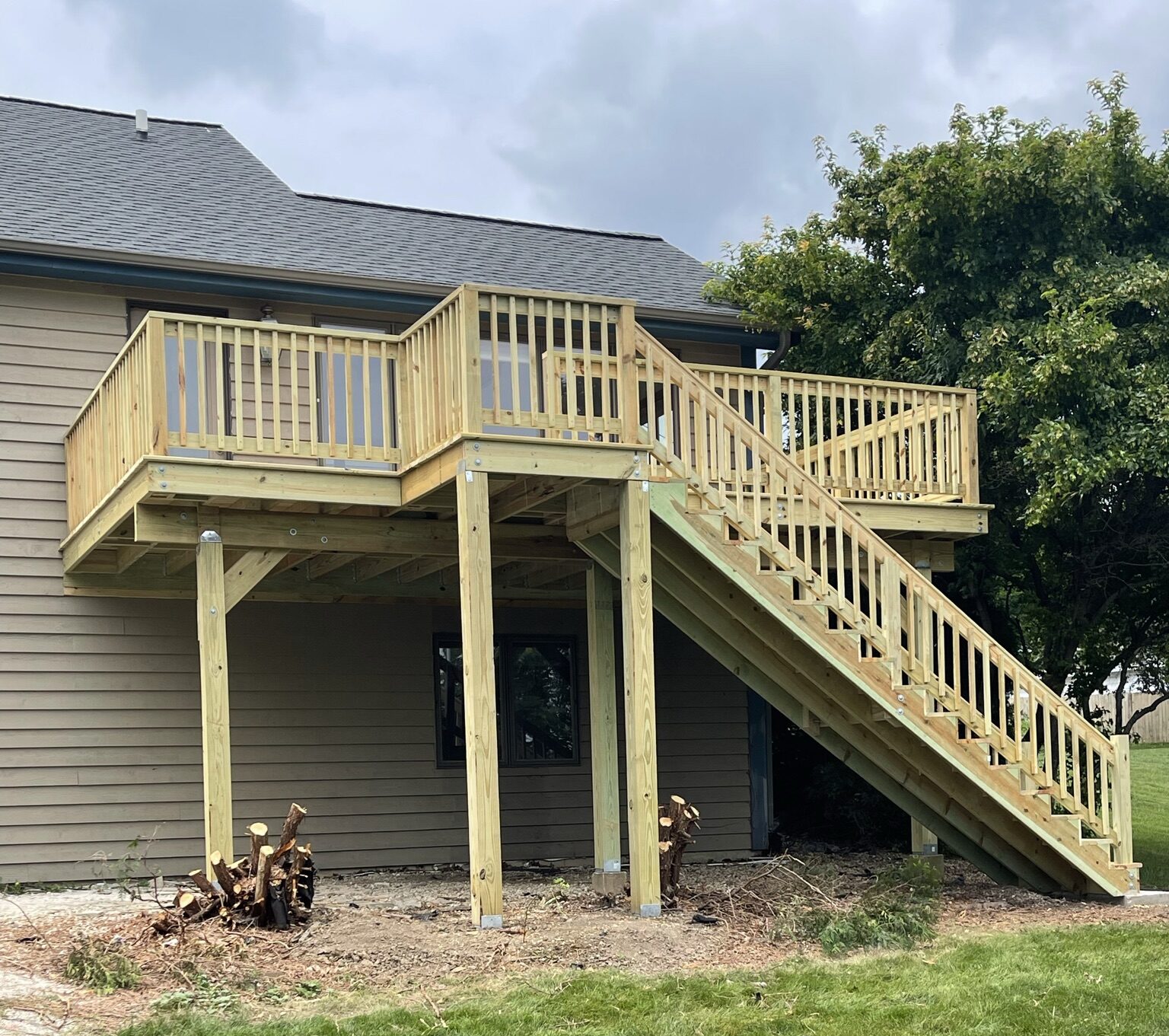
A newly constructed wooden deck with stairs on the exterior of a house, featuring premium decking boards.
Selecting the ideal decking board for your upcoming deck project involves considering factors such as durability, maintenance, cost, and design preferences.
When evaluating durability, choosing a composite deck board can often provide a longer lifespan than traditional wood options, offering resistance to rot, mold, and insects.
Looking at maintenance ease is crucial. Opting for low-maintenance decking materials like composite boards can save you time and effort in the long run, as they typically require minimal upkeep compared to wood, which might need staining or sealing regularly.
Cost-effectiveness plays a significant role in decision-making. While initial costs may vary between different decking materials, factoring in long-term maintenance expenses can help determine the overall value.
Don’t forget the importance of design preferences. Many reputable composite deck brands offer a wide range of colors, textures, and finishes to match your aesthetic vision for the perfect outdoor retreat.
Frequently Asked Questions
What are the main types of decking board materials?
Green-treated, cedar, and composite are the three main types of decking board materials.
What are the pros and cons of green-treated decking boards?
Green-treated decking boards are pressure-treated to resist rot and decay, making them durable and long-lasting. However, they may contain chemicals that can be harmful to the environment and require regular maintenance.
What are the advantages of using cedar decking boards?
Cedar decking boards are naturally resistant to rot, insects, and decay. They also have a beautiful, natural appearance and come in a variety of colors and stains.
What are the drawbacks of using cedar decking boards?
Cedar decking boards can be more expensive than other materials, and they may require more maintenance, such as sealing or staining, to maintain their appearance.
How does composite decking compare to other materials in terms of longevity?
Composite decking is highly durable and can last 25-30 years with minimal maintenance. It is also resistant to rot, insects, and fading, making it a long-lasting option for your deck.
What are the stain and color options available for composite decking boards?
Composite decking boards come in a variety of colors and can even mimic the appearance of natural wood. They also do not require staining or painting, saving you time and money on maintenance.

